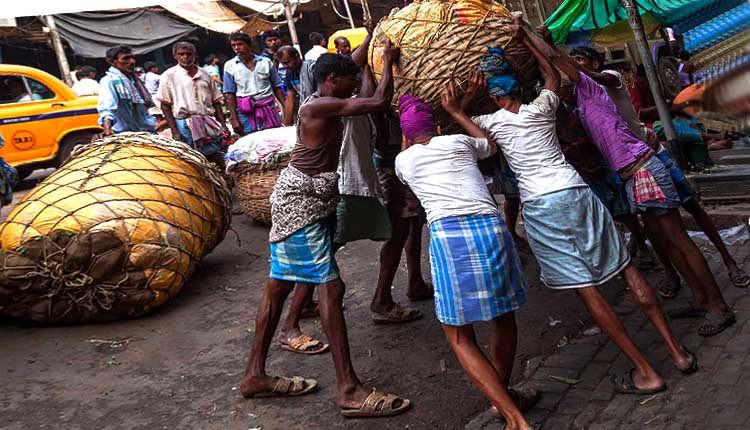India’s economy is likely to grow 7.6 percent year-on-year in the quarter between April and June
India’s economy is likely to grow 7.6 percent year-on-year in the quarter between April and June
The median consensus in the survey of 50 economic experts grew only annually, below the two-year high of 7.7 percent in the January quarter. The economy’s forecast of $ 2.59 trillion ranged from 7.0 to 8.0 per cent. The survey results indicate that domestic demand was strong, driven primarily by manufacturing activity, which remained steady despite high oil prices and weak Indian rupee. The government is due to release GDP data on Friday.
“India is a domestically driven economy – so the recovery in private consumption can outweigh the opposite wind,” said Charo Chanana, an economist and market strategist at Continuum Economics.
In the quarter between April and June 2017, India recorded a relatively weak annual growth rate of 5.6 percent, with industrial activity contracting.
The Indian economy was affected by the government’s decision in November 2016 to withdraw more than 80% of the cash flow. The transition to the GST, which was in force in July 2017, also affected the economy.
If the average forecast for the fourth quarter of June is correct, it will be the third consecutive period with growth of 7% or higher.
“India is now experiencing a good momentum in manufacturing,” said Shobada Rao, chief economist at Bank Yes, “and the results of companies from April to June confirmed the improvement in demand conditions in the economy.”
“Corporate earnings data and purchasing managers’ indicators supported the story of expansion and recovery,” Rau said.
However, few economists expect a slight slowdown in growth due to increased global economic uncertainty and internal political risk from national elections scheduled for May 2019.
The Indian government’s preferred growth index, gross value added (GVA), is expected to have dropped marginally to 7.5 per cent from 7.6 per cent in the previous quarter, hampered by weak agricultural growth.
India’s fiscal deficit widened in the quarter between April and June to 68.7 per cent of the budget target for this fiscal year, a concern, but improved by 80.8 per cent over the same period in 2017.
This would provide some relief for the Reserve Bank of India, which raised the key interest rate to 6.5 at the monetary policy meeting on August 1 to try to rein in inflation above the target.
July’s retail inflation slowed to a four-month low of 4.17 per cent, slightly above the central bank’s 4 per cent target in the medium term.

